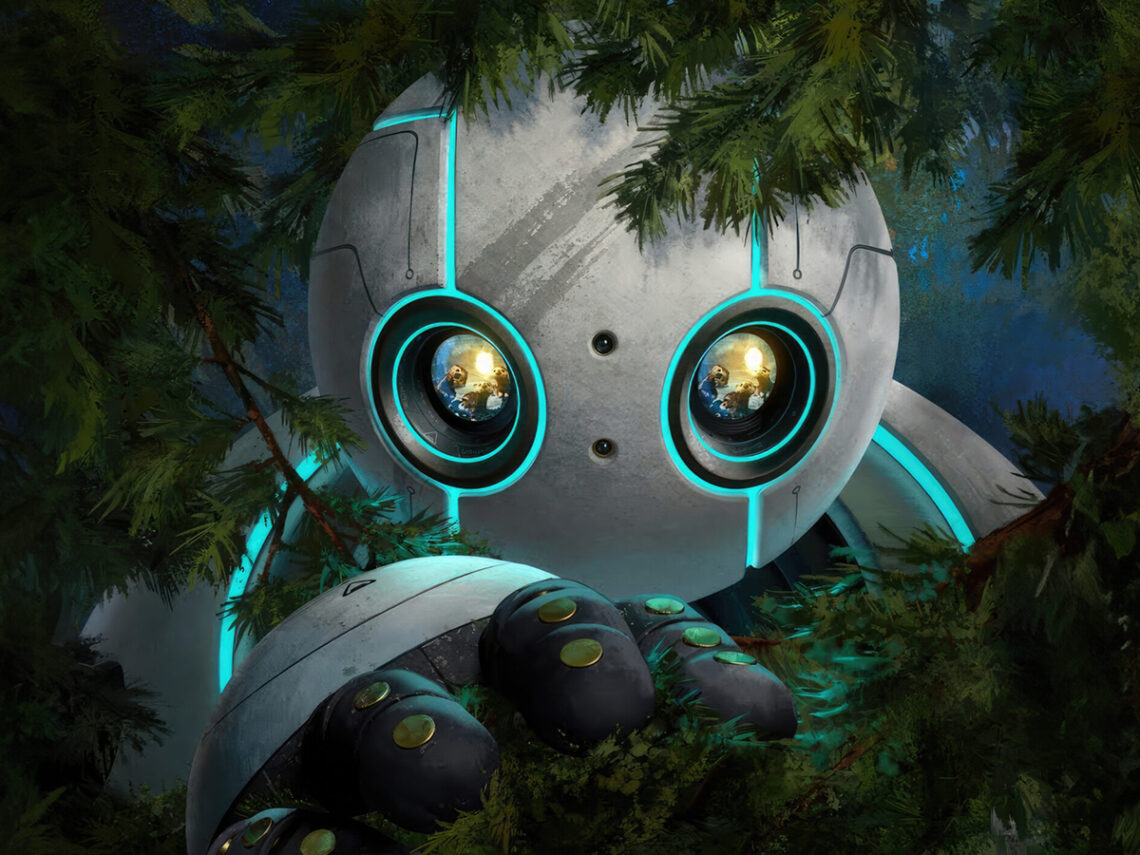
‘The Wild Robot’s human friendships make it the most moving film on Netflix
There are many stories about robots learning to feel. But The Wild Robot on Netflix does something quieter and far more affecting. It does not rush to teach Roz how to love or be loved. Instead, it lets her observe, learn, mimic, and eventually care. And it is in that slow, almost clumsy evolution that the film finds its heart.
Based on Peter Brown’s bestselling book, The Wild Robot follows Roz, a cargo droid who washes ashore on a remote, untamed island after a shipwreck. She is completely out of place. Basically, a machine among moss, trees, and wildlife. But instead of malfunctioning or shutting down, Roz adapts. She learns. And most importantly, she begins to build relationships, not because she is programmed to, but because she chooses to.
The emotional engine of the story is Roz’s bond with a gosling named Brightbill, whom she ends up raising after his mother dies. What starts as a reluctant responsibility slowly becomes a genuine, unbreakable connection. Roz does not just teach Brightbill how to survive, she nurtures him. She also encourages him and even protects him from dangers she does not fully understand. It is not a perfect parenting journey, but that is what makes it beautiful. She tries. She fails. She tries again.
Their relationship is not built on grand declarations or forced sentimentality. It grows through small acts like keeping him warm, letting him explore, and watching him fly for the first time. It is a portrayal of care that feels earned. And that is rare, especially in animated films, which often opt for emotional shortcuts. The Wild Robot respects the audience enough to let the feelings build naturally.
But the real magic of Roz’s journey is not just in her love for Brightbill. It is in how the community around her responds. The animals, initially suspicious of this strange, metal creature, begin to warm up. Fink the fox, Chitchat the squirrel, the beavers, and the bears, each one of them slowly allows Roz in. She learns their language. She helps them build. She defends them. And in return, they protect her. These are not just background characters. They are part of the emotional architecture of the story.
What makes it especially moving is that Roz is never fully “human.” She does not cry or laugh. Instead, she listens and reflects. She evolves through the sheer force of connection. In a way, she is a mirror of kindness. Her friendships feel honest because they are not about similarity but choice. These animals do not befriend Roz because she is like them. They do it because she shows up, again and again, with quiet loyalty.
The film’s animation only deepens that emotional pull. The stillness of the forest, the softness of the characters, and the almost meditative pacing. And all of it gives the relationships space to breathe. There is no rush to the climax. No need for big heroic sacrifices. It is simply about how a machine learns to be part of a family, not by pretending to be human but by being something even more extraordinary: present, patient, and compassionate.
In the end, The Wild Robot doesn’t ask whether robots can feel. It asks something braver: Can a robot be changed by love? And the answer, beautifully and quietly, is yes.